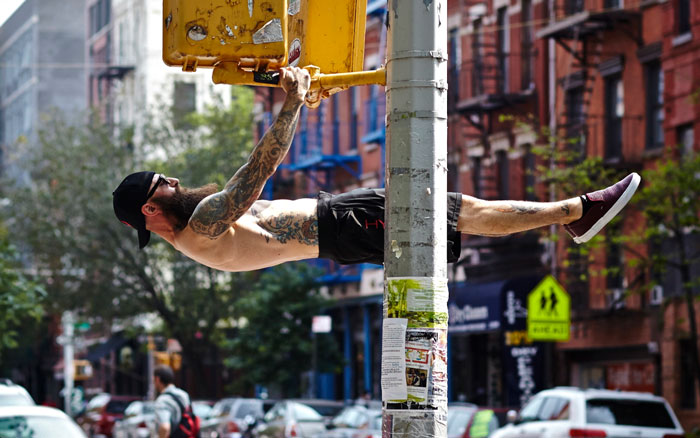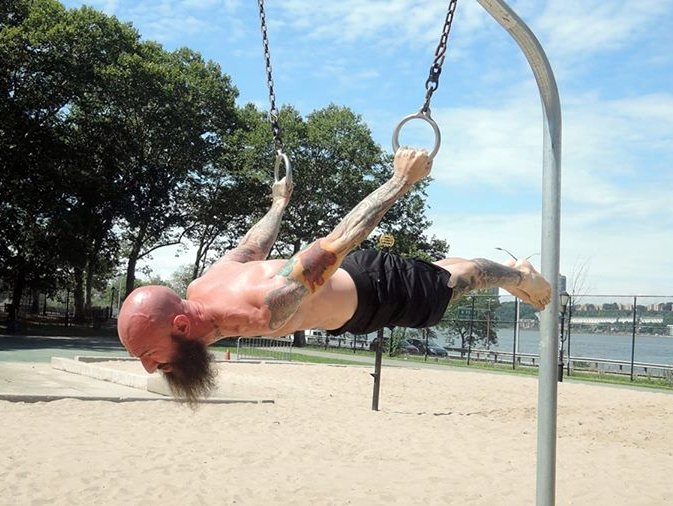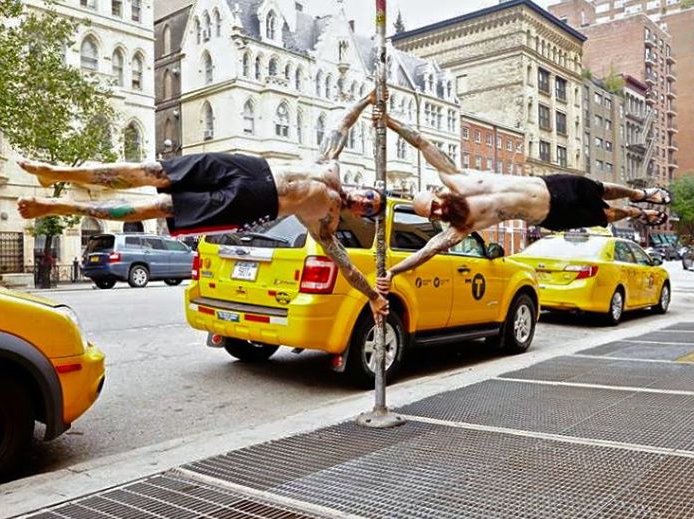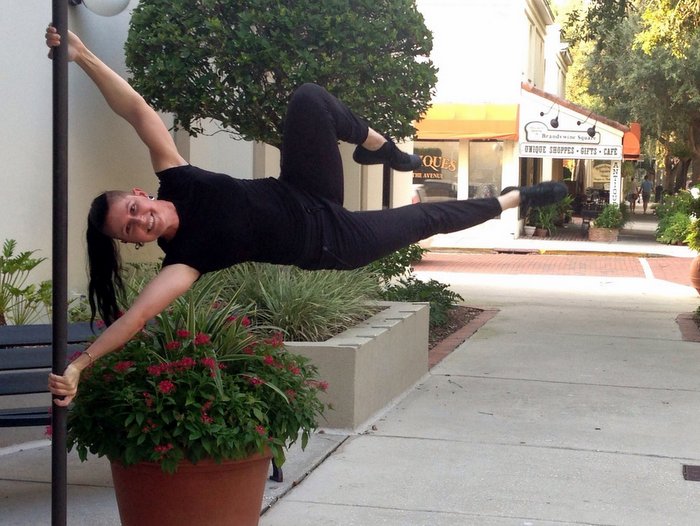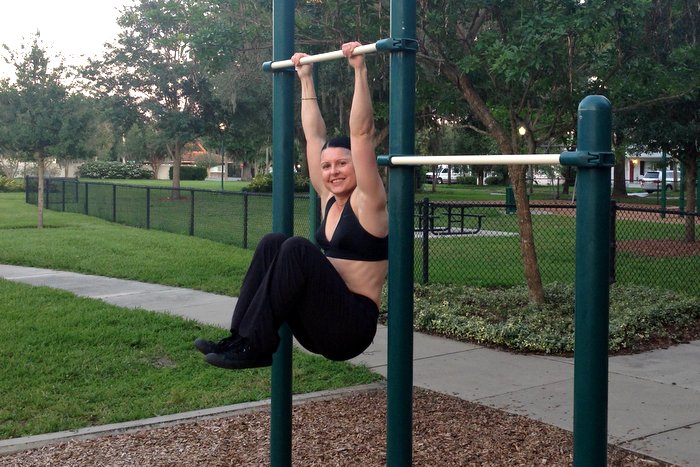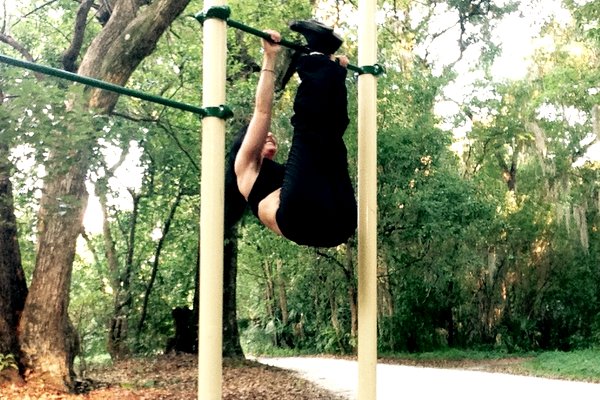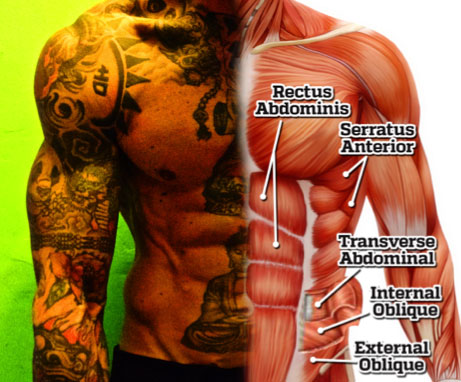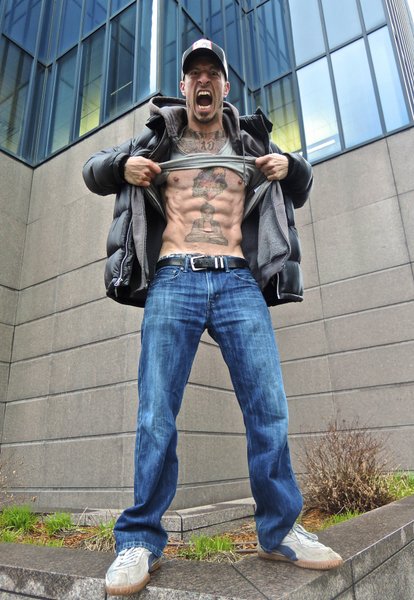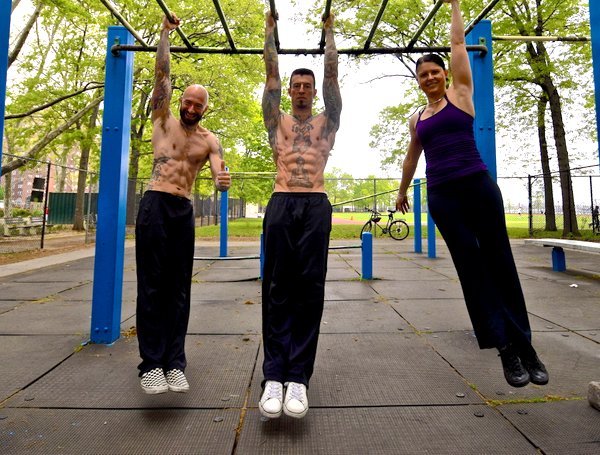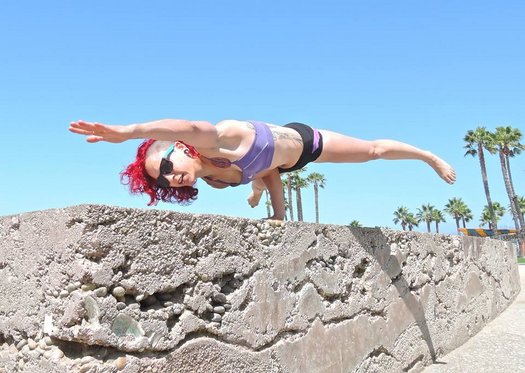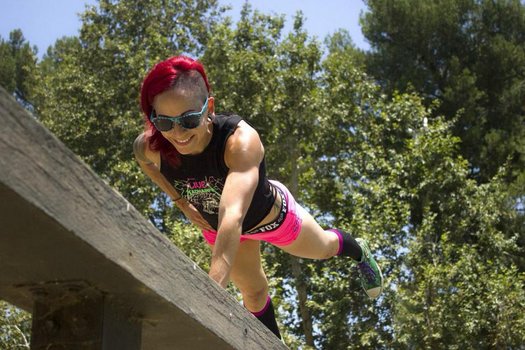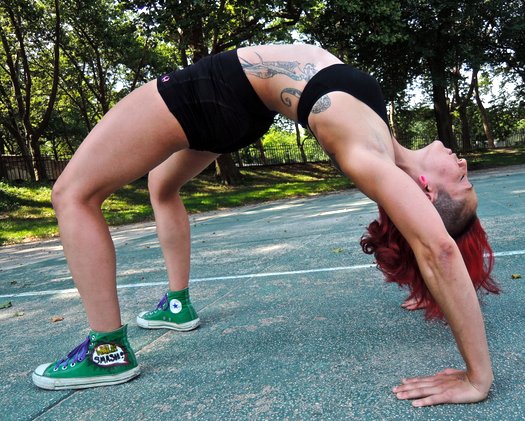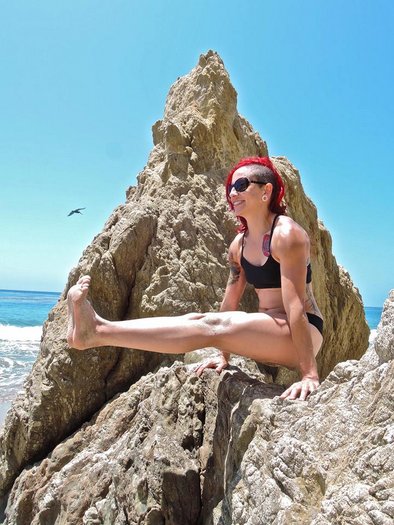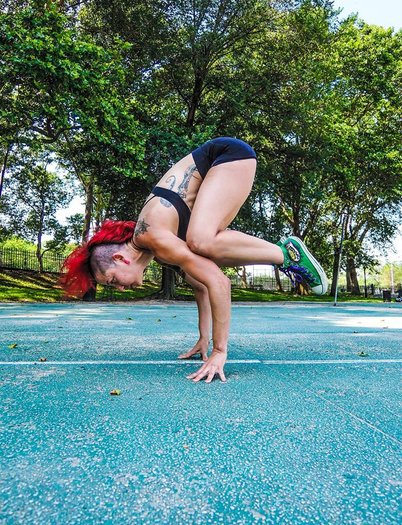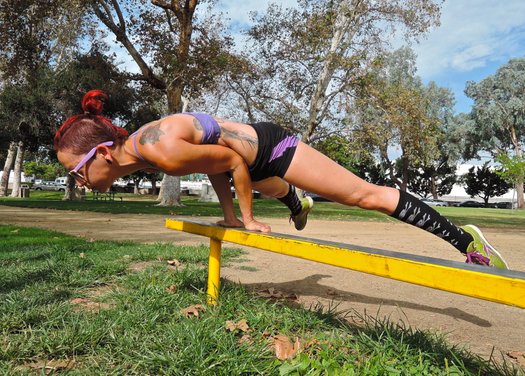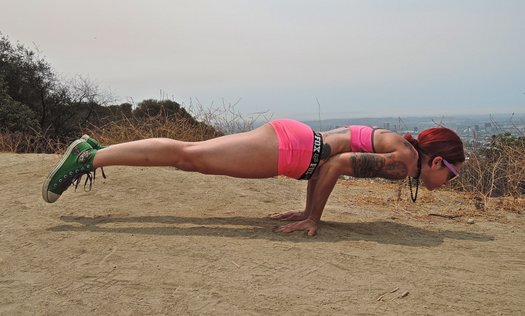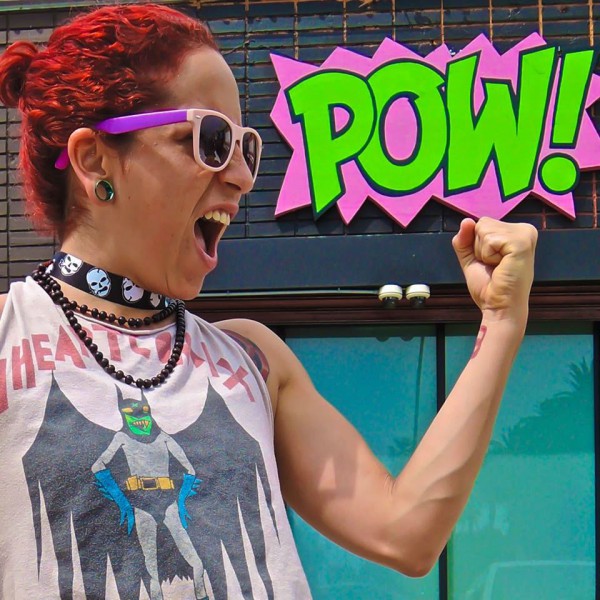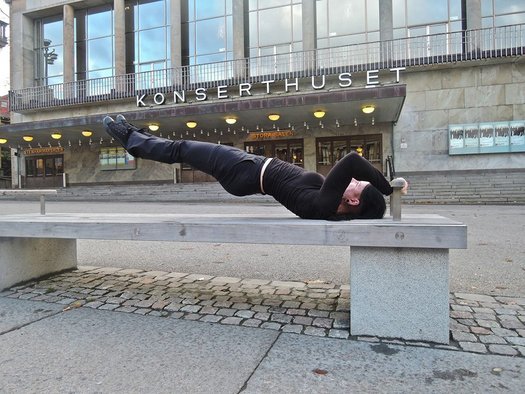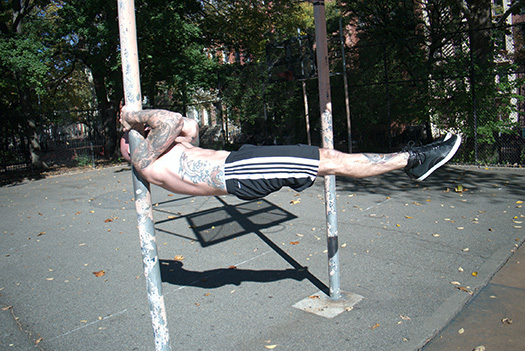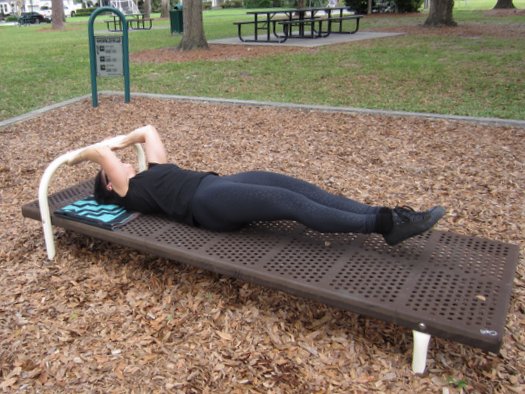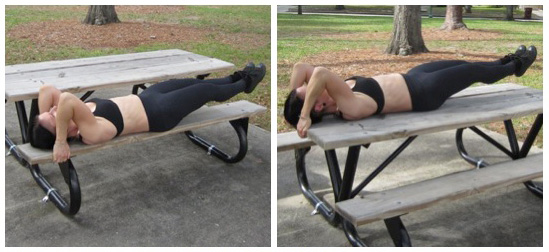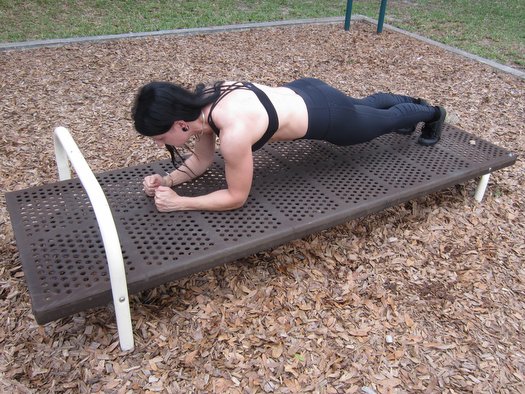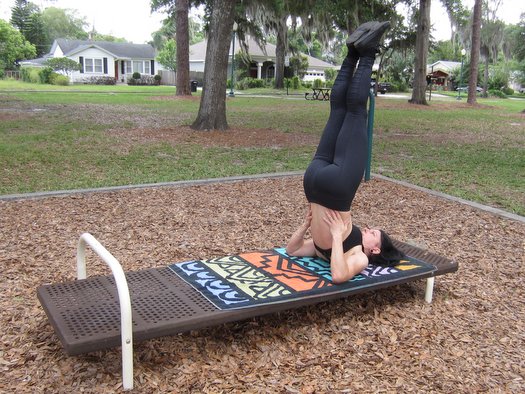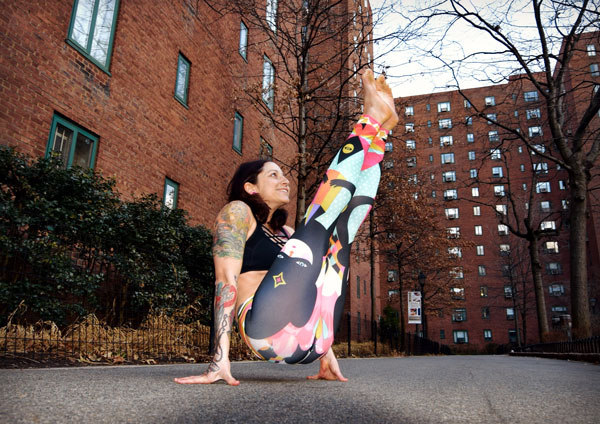
When I attended my first Progressive Calisthenics Certification, learning to hold an L-sit was one of my goals. It’s a tough move, but I surprised myself and was able to nail it for a few seconds that weekend. Of course once I got the L-sit, I needed a new challenge.
Such is the nature of progressive calisthenics.
This was how I began my journey toward the V-sit, a move which progresses the L-sit by lifting the legs and hips higher, changing the shape of the body from a position resembling the letter “L” to one that looks like a “V.” Due to the shift in balance and leverage, it’s also a lot harder.
I mean A LOT harder.
It’s been almost 3 years since I went to my first PCC, and I’m just finally starting to get comfortable holding a proper V-sit. Like many advanced calisthenics exercises, training for this move requires a lot of patience. It also forced me to reassess several aspects of my training that I did not realize had been lacking.
Here are 5 things I learned along the way that helped me achieve this difficult feat:
1 – Make A Good “Compression”
Before I started working toward the V-sit, I thought I already had a very powerful core. Whereas conquering the L-sit bolstered my confidence, starting over with the V-sit was a humbling reality check. The two moves may not look substantially different, but the amount of abdominal strength required to perform a V-sit is exponentially greater.
Transitioning from an L-sit into a V-sit is not just about lifting your legs higher – you also need to bring your hips farther forward. This means compressing your trunk by drawing your pelvis toward your sternum, and that requires significant abdominal activation, particularly when your legs are above you in the air. It can help to practice other exercises that involve this type of abdominal compression, like “toes-to-bar” hanging leg raises, to better get a feel for this.
I also recommend the “boat pose” from yoga, as it mimics the V-sit, while allowing you to stay seated on the ground. This makes the exercise considerably less difficult while still letting you get a feel for the body alignment needed for the V-sit.
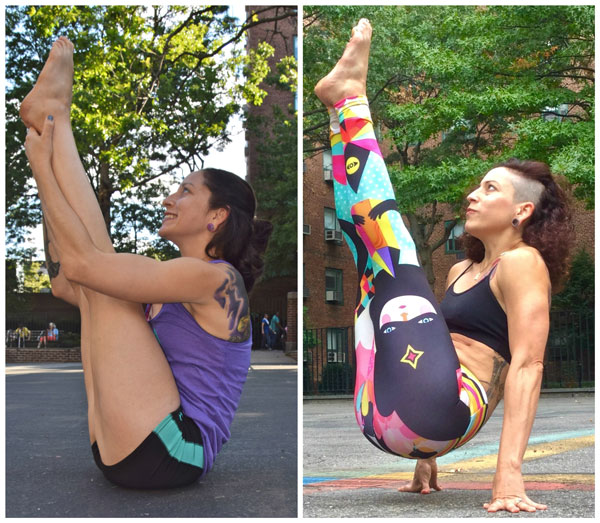
2 – Elevate Your Training
Practicing this move with your hands elevated on parallettes or yoga blocks can be helpful during your journey to the V-sit. Not only does holding onto something make it less brutal on your wrists, but it also gives you extra room for your hips and legs.
When I first started toying with the V-sit, I would begin by holding a bent-knee L-sit on my parallel bars. From there I started experimenting with sliding my hips forward in front of my hands. This helped me figure out that I needed to shift my weight back in order to move my hips into the proper position. From there I could practice leg extensions, gradually reaching my legs farther in the air each time.
3 – Stretch Your Way to Success
Though many people tend to skip this portion of their training, if a V-Sit is one of your goals then you will probably need to improve your hamstring flexibility.
The classic toe touch or forward fold is a great way to loosen the backs of your legs in preparation for the V-sit, and there are several ways in which you can approach it: You can bend over from a standing position, practice the gym-class style “sit and reach” while on the ground, or even try it hanging with your legs raised and feet hooked beneath the bar. I recommend spending some time in all of these positions as a warm-up for your V-sit practice, as well as throughout the day.
In the beginning, these moves can be practiced with a slight bend in your knees, or with your legs slightly apart. As your flexibility increases (where you can touch your toes without overly rounding your back), you can start to slowly straighten your knees and/or bring your legs together until you are in the full expression of each pose. You may find it helpful to exhale fully as you fold forward. When you reach your “edge,” focus on drawing your abdominal muscles inward to go deeper. It may be helpful to repeat this process several times.
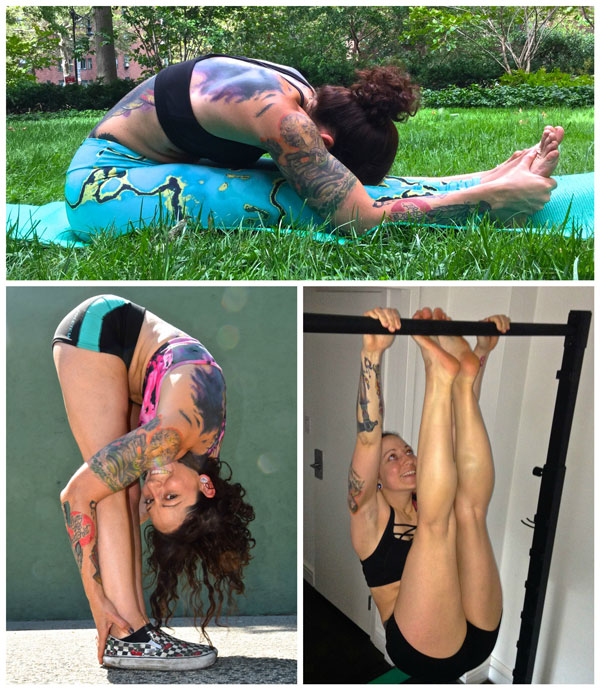
4 – Use Helping Hands
When performing this move, proper hand positioning is important for success. If your hands are placed too far away from your body it will be difficult to generate tension between your arms and your torso. Furthermore, turning your hands out and pointing your fingers to the sides (or behind you) can allow you better leverage to lean back farther without tipping over. You can also practice “tenting” your hands to help you find a little extra clearance when you begin practicing the V-sit on the floor.
5 – Don’t Forget to “Tri”
There is an immense amount of triceps strength needed in order to do any type of L or V-Sit. You also need strong lats, a powerful chest and iron forearms. One of the best pieces of advice I’m continually reminded of every time I’m at a PCC event is to “get great at the basics.”
This means you need to do your push-ups, pull-ups, squats and knee raises. Anytime you find yourself at a plateau with a new skill, you can always return to these foundational exercises. Yes, you need proper technique and training to conquer the V-sit, but that journey begins with perfecting the basics.
The V-sit takes practice and patience to achieve, but you’ll never get there if you don’t try!
****
Grace Kavadlo is a PCC Team Leader, personal trainer and group exercise instructor located in New York City. She is a columnist for Bodybuilding.com and can be seen in several Dragon Door books, including Al Kavadlo’s Zen Mind, Strong Body and Paul “Coach” Wade’s Explosive Calisthenics. For more information about Grace, check out her website, www.DieselGrace.com.
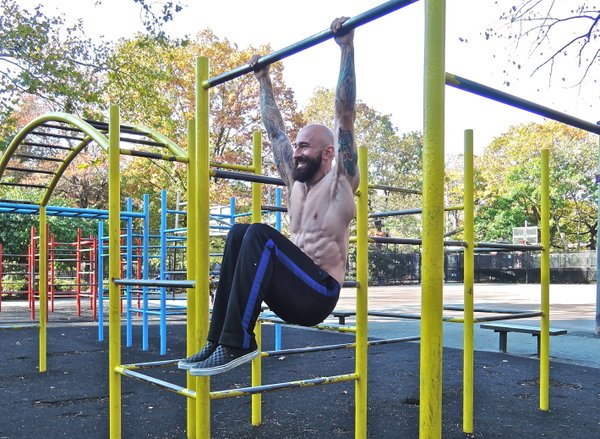 I get a lot of questions from potential PCC candidates about our
I get a lot of questions from potential PCC candidates about our 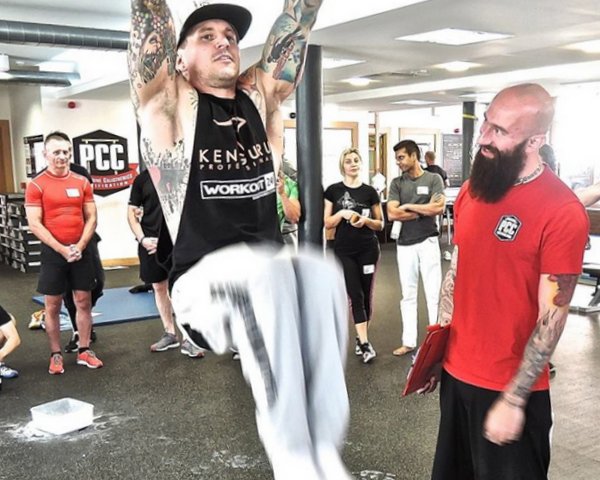 The first few times I taught the
The first few times I taught the 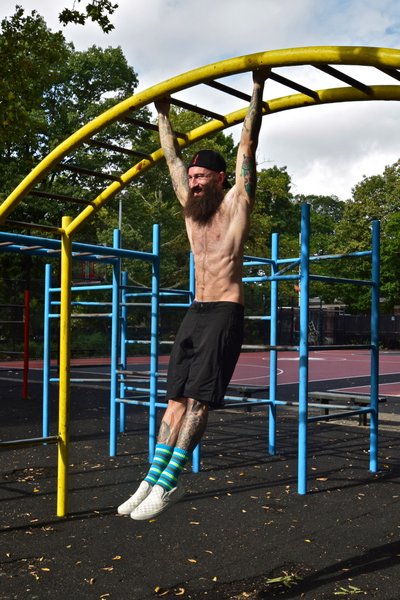 Focus on raising your knees with control as well. Avoid moving too quickly and aim to pause briefly at the top of each repetition to make sure that you remain steady.
Focus on raising your knees with control as well. Avoid moving too quickly and aim to pause briefly at the top of each repetition to make sure that you remain steady.